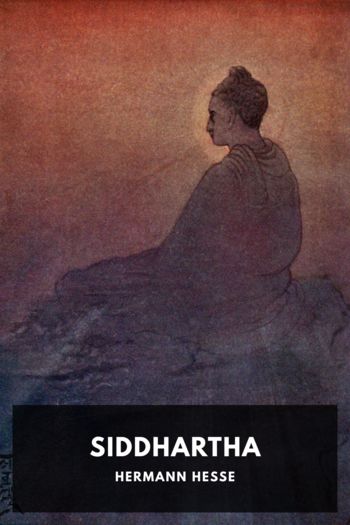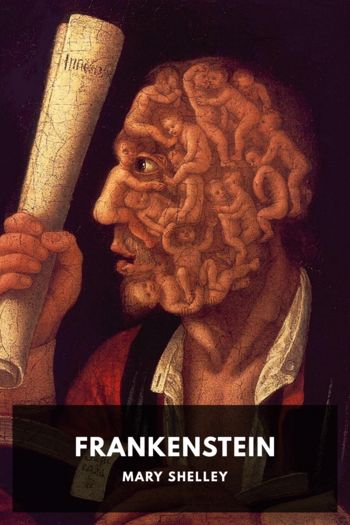Genre Other. Page - 307

Description
The Duel is one of Chekhov’s longest works, skirting the edge between novel and novella. Like many of Chekhov’s works, it was first published as a serial.
Laevsky is a womanizing drunkard, a slave to life’s vices. His wantonness clashes with the moralistic zoologist Von Koren, who grows to despise Laevsky. Their mutual enmity culminates in a duel—though neither they, nor their friends, really want it to happen.

Description
A Connecticut Yankee in King Arthur’s Court is one of Mark Twain’s most enduring novels. During a stay at a modern-day English castle, the narrator meets a mysterious stranger. The stranger, Hank Morgan, is an engineer from Connecticut, and proceeds to weave a satirical, biting, and hilarious tale of how he traveled back in time to find himself in the court of the legendary King Arthur. There he uses his modern-day knowledge to convince the locals that he’s a powerful magician. As the book progresses, Hank modernizes—and Americanizes—the lives of the locals.
Twain’s talent for humor and satire are on full display in Yankee, and he doesn’t waste the opportunity to use Hank as a mouthpiece for his views on things like politics, capitalism, and justice. Many consider it to be his best work.

Description
Like many of Dickens’ works, David Copperfield was published serially, then as a complete novel for the first time in 1850. Dickens himself thought of it as his favorite novel, writing in the preface that of all his works Copperfield was his favorite child. This isn’t surprising, considering that many of the events in the novel are semi-autobiographical accounts from Dickens’ own life.
In David Copperfield we follow the life of the titular character as he makes a life for himself in England. He finds himself in the care of a cold stepfather who sends him to boarding school, and from there embarks on a journey filled with characters and events that can only be called “Dickensian” in their colorful and just-barely-probable portrayals.

Description
Even though Doyle is most famous for his Sherlock stories, he was also a prolific novelist, and The Lost World is one of his more famous non-Sherlock novels. Like many novels of the day, it was first published serially.
In it we meet a group of adventurers who head to a deep South American jungle to explore rumors of long-lost dinosaurs. The plot is driven by their journey, discoveries, and subsequent narrow escape. Notably, The Lost World is the novel in which Doyle’s popular recurring character, Professor Challenger, is introduced.
Doyle based many of the characters and locations on people and places he was familiar with: the journalist Ed Malone was modeled on E. D. Morel, and Lord John Roxton on Roger Casement; the Lost World itself was based on descriptions of Bolivia in letters sent to Doyle by his friend Percy Harrison Fawcett.
The novel remains hugely influential and widely adapted today. The title might even remind modern readers of a certain very famous movie franchise about dinosaur theme parks!

Description
One of the great American novels, The Adventures of Huckleberry Finn tells the story of Huck Finn and his travels with Jim, an escaped slave. Roundly criticised by contemporary reviewers for its colorful and literal language and even banned by several libraries, it sealed its historical importance in part by being one of the first novels to be written entirely in American vernacular.
While Huck Finn is, on its face, an adventure tale for younger readers, it’s also a cutting satire and a nuanced examination of racism and morality. Hemingway called it “the best book we’ve had.”

Description
The Strange Case of Dr. Jekyll and Mr. Hyde is the classic novella of split personality. Stevenson wrote it in just a few days while sick and bedridden, and famously burned the first draft after his wife suggested it should be written as an allegory and not as a story. He re-wrote it in three to six days, and after a few weeks of editing and revision he published what would become one of his most famous and best-selling works.
The story follows a London lawyer as he investigates the relationship between a brilliant scientist and a misshapen misanthrope. As the link between the two becomes clearer, Jekyll and Hyde develops into an allegory on the nature of good and evil.

Description
Hermann Hesse wrote Siddhartha during a period in his life in which he suffered what he described as a “sickness with life.” He claimed to be unable to complete the book because he had not experienced the kind of nirvana that Siddhartha, the main character, wants to achieve—so Hesse surrounded himself with sacred Buddhist and Hindu teachings and lived as a recluse in order to complete this work.
Siddhartha is a short, simple tale of a man’s quest to achieve enlightenment and happiness. Over twelve short chapters the reader follows Siddhartha through his time as a young adult, to his exploration of spirituality as a traveling ascetic, to his delvings in lust, business, and greed, to his time as an old man. At each stage of his life Siddhartha yearns for nirvana, finally achieving it only after realizing that it’s all of life’s experiences that form it, not the teachings of any one man.
Today Siddhartha remains an influential text in new Western spirituality.

Description
Treasure Island isn’t just one of the most famous coming-of-age tales in modern storytelling, it’s also the book that invented everything you know about pirates: Peg legs, parrots, treasure chests, tropical islands, Long John Silver, maps marked with an “X,” swashbuckling adventure, and “Yo-ho-ho and a bottle of rum.”
Its brisk pace and easy tone have stood the test of the time—Treasure Island is as readable, enjoyable, and memorable today as it ever was.

Description
Stanley Weinbaum was an influential science fiction writer who died at an early age. His short story “A Martian Odyssey,” included in this collection, was praised by science fiction luminaries like Isaac Asimov, who said the story “had the effect on the field of an exploding grenade. With this single story, Weinbaum was instantly recognized as the world’s best living science fiction writer, and at once almost every writer in the field tried to imitate him.”
This collection includes all of Weinbaum’s short stories that are believed to be in the public domain.

Description
Mary Shelley (then Godwin) and Percy Bysshe Shelley were visiting their friend Lord Byron in Geneva one rainy summer. With the weather against them, they decided to spend their time writing ghost stories for each other. Frankenstein is Mary Shelley’s submission to their contest, later published anonymously in 1818.
Victor Frankenstein, a strange but brilliant scientist, discovers a method of imparting life to inanimate matter. The Monster is thus born: a hideous, 8-foot-tall creature of muscle, speed, and intellect. Frankenstein’s rejection of his appalling creation sends it into a spiral of despair, and Frankenstein’s life is never the same.
Considered by many to be the first science fiction novel, Frankenstein is a powerful narrative that explores complex themes of belonging, morality, and the consequences of the power over life and death.